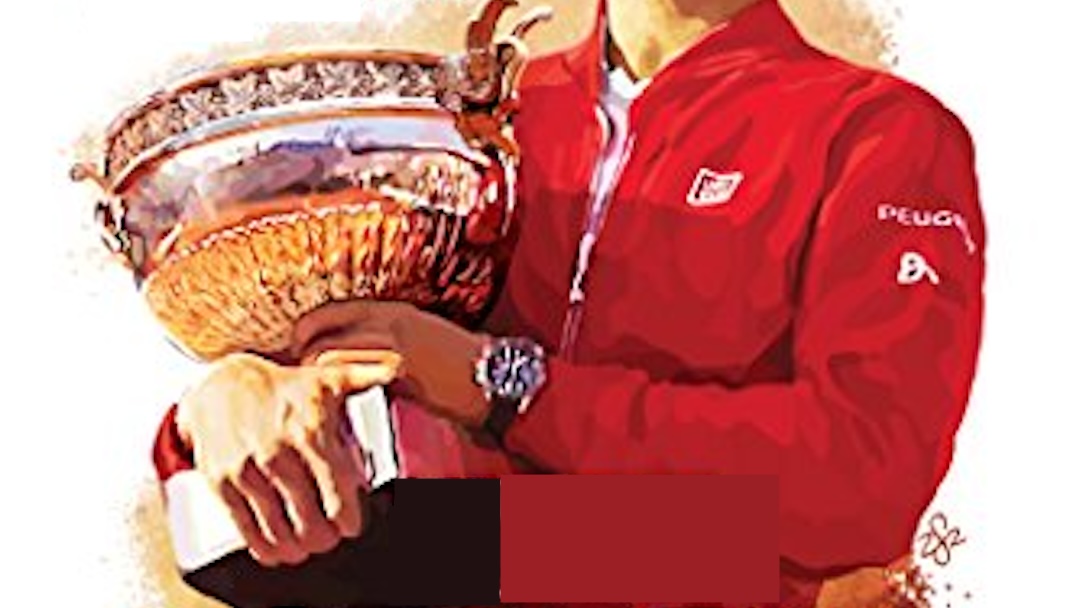Last summer, a copy of Aces and Places by Harry Hopman fell into my hands. It is a fairly beat-up first edition of the book which was originally published in 1957. Unfortunately, there aren’t a lot of copies of this book floating around on the secondary market, and it has been out of print for over 50 years. If you happen to run across a copy, you should buy it.
Australian tennis owes its golden era to many talented players, but it’s impossible to discuss that remarkable period without highlighting the unparalleled influence of Harry Hopman. As a coach, mentor, and strategist, Hopman was the driving force behind Australia’s dominance on the global tennis stage from the 1940s to the 1970s. Under his guidance, players like Rod Laver, Ken Rosewall, and Roy Emerson flourished.
Hopman’s unrelenting focus on fitness, technique, and teamwork is credited with elevating Australian tennis to unprecedented heights. He made the country a powerhouse in Davis Cup and Grand Slam events. Without his vision and leadership, it’s hard to imagine Australia achieving the extraordinary success that defined the country’s golden era of tennis.
Aces and Places is a combination history book and memoir of the great tennis coach. It is divided into two parts. The first is a series of short chapters on the great players of the era leading up to the book’s publication in 1957. The second delves into specific Davis Cup competitions. It also includes a forward by the former Prime Minister of Australia, R.G. Menzies, who wrote glowingly about Hopman’s playing career and tennis leadership.
The profiles of each player trace through their competitive history, achievements, and notable characteristics of their game. Hopman doesn’t shy away from sharing his opinions, and not everything he wrote was positive. For example, calling out players for failing to work hard and maintain their fitness is a recurring observation from the disciplinarian.
When Hopman writes about the players and Davis Cup competitions, he not only provides his historical perspective but also reveals much about his character, values, and philosophy. His detailed analyses of players’ strengths and shortcomings reflect his deeply ingrained belief in the virtues of hard work. Hopman’s critiques underscore his commitment to excellence and his frustration with lack of effort.
Readers of Aces and Places will gain insight into Hopman’s meticulous nature and the high standards he demanded. His reflections on the Davis Cup further showcase his strategic brilliance and the immense pride he took in leading Australia to greatness.
One drawback of this book is that Hopman did not include any profiles of the great Australian women players of the time. While that might be an expected reflection of the era, Hopman indicated that he drafted chapters on some female players but had to cut the material due to space limitations. In retrospect, some of the women are now regarded as more significant figures in the history of tennis than a few of the men who were included. On the other hand, some of Hopman’s profiles add insight into players who have faded into the background of history.

Aces and Places by Harry Hopman (<- Sponsored Link)
If you’re a tennis enthusiast, history buff, or simply someone who admires stories of discipline and achievement, Aces and Places is a treasure worth seeking out. This mix of memoir, history, and personal philosophy is a fascinating snapshot of a pivotal era in tennis, seen through the eyes of one of the sport’s most influential figures. The insights and anecdotes Hopman shares remain relevant and inspiring for modern tennis. This book is a microcosm of what it takes to achieve greatness both on and off the court. Given its rarity and the depth of its content, if you ever come across a copy of this long-out-of-print book, don’t hesitate—grab it. It’s a piece of tennis history that deserves a place on your bookshelf.
Fiend At Court participates in the Amazon associates program and receives a paid commission on any purchases made via the links in this article. Details on the disposition of proceeds are available on the “About Fiend at Court” page.



